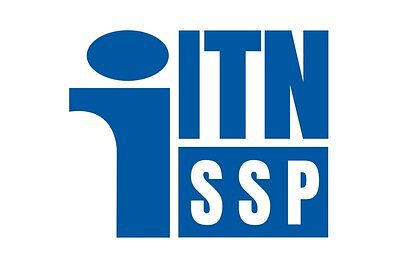
Local TV Gets a Digital Upgrade: New Marketplace Promises Programmatic Future
A new partnership is bringing programmatic advertising to local linear TV, offering advertisers increased efficiency and control. But what does this mean for viewers and the future of local news?
Local TV Gets a Digital Upgrade: New Marketplace Promises Programmatic Future
By Thomas Moore
For decades, buying television advertising has been a complex dance of negotiations, estimates, and limited data. Now, that’s changing. A new private marketplace, launched by ITN and Magnite, is bringing the precision and automation of programmatic advertising to local linear TV – potentially revolutionizing how local stations attract revenue and advertisers reach targeted audiences. But this technological leap isn’t without questions – raising concerns about viewer privacy and the future of local news ecosystems.
Traditionally, local TV advertising relied on broad demographic targeting and manual buying processes. This new marketplace aims to replicate the efficiency of digital advertising – where campaigns are optimized in real-time based on data and algorithms – for the traditionally fragmented local TV landscape. The platform allows advertisers to pinpoint specific geographic locations, dayparts, programs, and even genres, with auto-bidding and digital-like dashboards offering unprecedented control and transparency.
“We’ve moved well beyond where previous programmatic linear efforts have stalled,” says a representative from ITN. “This launch delivers the ease, visibility, and automation that will define the future of linear TV. The difference now is that activating it is just as simple as buying digital.”
A Long-Awaited Convergence
The promise of bringing programmatic efficiency to local TV isn’t new. Several companies have attempted to bridge the gap between traditional TV advertising and the data-driven world of digital marketing. However, research indicates that this new venture appears to be the first dedicated private marketplace focused solely on local linear TV. While addressable TV platforms and other programmatic solutions exist, they haven’t fully tackled the unique challenges of the local TV landscape.
“The complexity of local TV – with its fragmented ownership, varied programming, and lack of standardized data – has been a major roadblock,” explains an industry analyst. “This marketplace seems to be addressing those challenges with a comprehensive platform that integrates inventory management, targeting, and optimization.”
Magnite’s ClearLine platform serves as the gateway to this inventory, allowing advertisers to access local linear TV alongside streaming and digital video in a unified environment. This integration offers advertisers a more holistic view of their media spend and enables them to optimize campaigns across multiple channels.
Economic Lifeline for Local Stations?
Local television stations have faced increasing pressure in recent years due to cord-cutting, the rise of streaming services, and declining advertising revenue. This new marketplace could offer a much-needed economic lifeline, enabling stations to attract new advertisers and increase their revenue streams.
“Local news and programming are vital to communities, but they require sustainable funding,” says an industry insider. “If this marketplace can unlock new advertising revenue for local stations, it could help preserve this important service.”
However, the economic benefits aren’t guaranteed. Some experts caution that programmatic advertising could also exacerbate existing inequalities, with larger stations and media groups benefiting disproportionately.
Privacy Concerns and the Data Equation
While the benefits of increased efficiency and revenue are clear, the rise of programmatic advertising also raises privacy concerns. The ability to pinpoint specific demographics and target ads based on individual preferences raises questions about data collection and usage.
“The more data that is collected, the greater the risk of misuse,” warns a privacy advocate. “Viewers deserve to know how their data is being used and have the ability to opt-out of targeted advertising.”
While the companies involved have not detailed specific data privacy protocols, industry best practices call for transparency, user consent, and data anonymization.
“Advertisers need to be responsible stewards of data,” says a representative from ITN. “We are committed to protecting viewer privacy and complying with all applicable regulations.”
The Future of Local Advertising
The launch of this new marketplace marks a significant step towards the convergence of traditional and digital advertising. By bringing the efficiency and precision of programmatic advertising to local linear TV, it has the potential to revolutionize the way advertisers reach targeted audiences and the way local stations generate revenue.
However, the success of this venture will depend on addressing privacy concerns, ensuring transparency, and promoting equitable access to advertising opportunities. As programmatic advertising continues to evolve, it’s crucial to prioritize viewer privacy, protect the integrity of local news ecosystems, and ensure that the benefits of this technology are shared by all.
